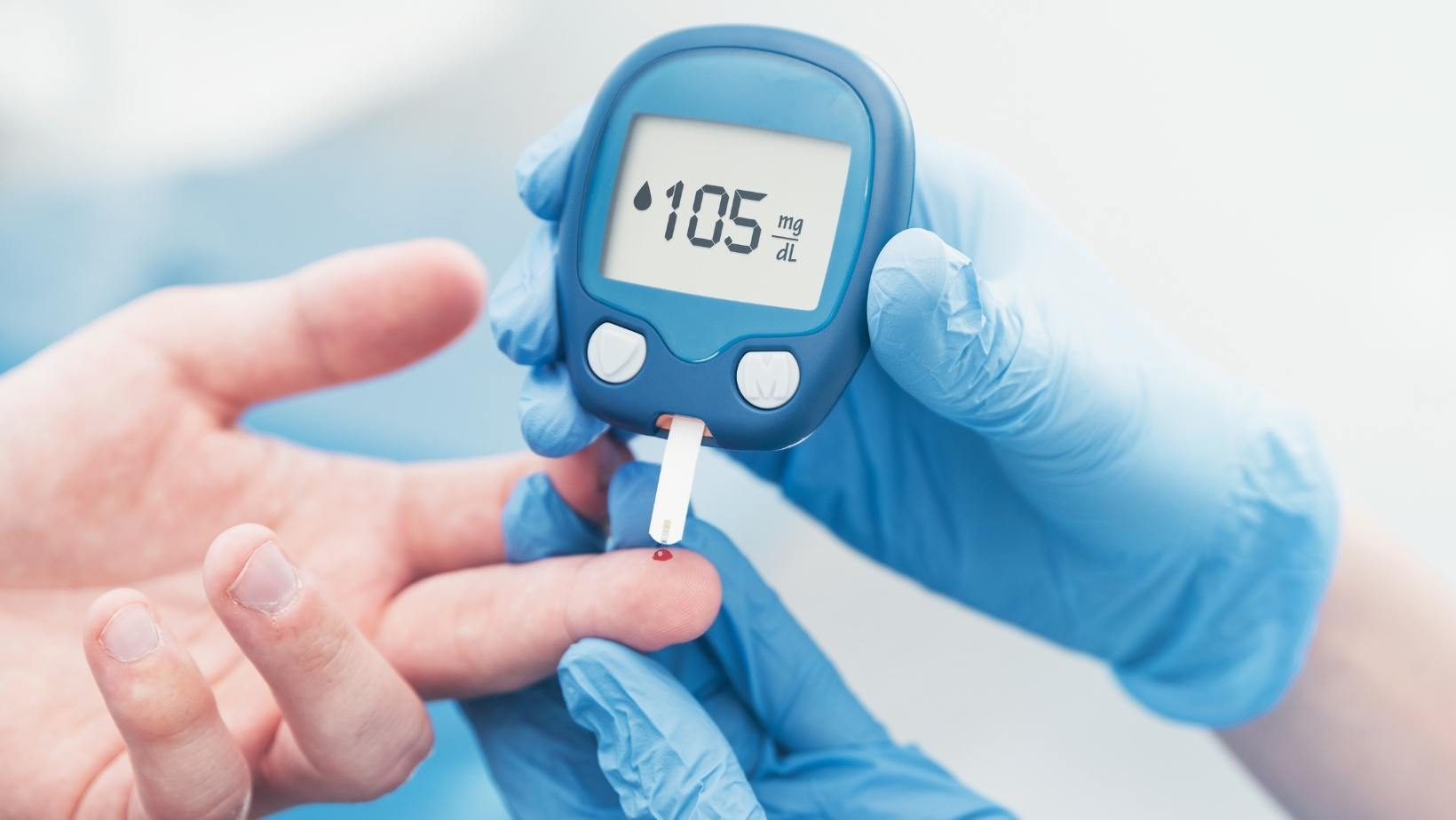
Introduction: Pregnancy is a beautiful journey filled with excitement, but for many expectant mothers, it also comes with a less pleasant companion: morning sickness. Nausea and vomiting during pregnancy, commonly known as morning sickness, can affect women in different ways and at different stages of pregnancy. In this blog post, we’ll explore everything you need to know about morning sickness, from when it typically starts to various remedies and tips to help you manage it effectively.
When Does Morning Sickness Start? Morning sickness is a common early pregnancy symptom, and it typically begins around the 6th week of pregnancy. However, some women may experience it as early as 2 weeks into their pregnancy. Understanding when morning sickness is likely to strike can help you prepare for its onset.
The Unpleasant Reality: Dealing with Morning Sickness Dealing with morning sickness can be challenging, but rest assured that it is a normal part of pregnancy. Here are some key points to remember:
- All-Day Sickness: Contrary to its name, morning sickness can strike at any time of the day. Some women experience it more intensely in the morning, while others may feel nauseous throughout the day.
- Severity Varies: Morning sickness ranges in severity. Some women only experience mild nausea, while others may have more severe vomiting episodes. It’s essential to recognize your individual experience and seek help if needed.
- Third Trimester Nausea: Although morning sickness is most common in the first trimester, some women may continue to feel nauseous in the third trimester. Hormonal changes and pressure on the stomach can contribute to this late-pregnancy symptom.
Morning Sickness Remedies and Relief: Now, let’s explore some effective remedies and tips for managing morning sickness:
- Preggie Drops and Pops: Many pregnant women find relief from morning sickness by using products like Preggie Drops and Preggie Pops, which contain natural ingredients like ginger and vitamin B6.
- Ginger: Ginger has been used for centuries to alleviate nausea. You can try ginger tea, ginger candies, or ginger capsules to ease morning sickness symptoms.
- Vitamin B6: Consult your healthcare provider about taking vitamin B6 supplements, which can help reduce nausea and vomiting during pregnancy.
- Seabands: Acupressure wristbands, such as Sea Bands, can be effective in alleviating morning sickness symptoms by targeting pressure points on the wrists.
- Dietary Adjustments: Eating smaller, more frequent meals and avoiding spicy, greasy, or strong-smelling foods can help manage nausea.
- Stay Hydrated: Dehydration can worsen morning sickness symptoms, so make sure to drink plenty of fluids throughout the day.
- Rest and Relaxation: Reducing stress and getting enough rest can also help alleviate morning sickness symptoms.
Consult Your Healthcare Provider: If your morning sickness is severe or persistent, it’s crucial to seek guidance from your healthcare provider. They can recommend appropriate treatments, including anti-nausea medications that are safe for pregnancy.
Conclusion: While morning sickness can be challenging to cope with, there are various remedies and strategies available to help you manage its symptoms during pregnancy. Remember that every woman’s experience is unique, so don’t hesitate to consult with your healthcare provider for personalized advice. With the right approach, you can navigate this phase of your pregnancy with more comfort and ease.
FAQs About Morning Sickness During Pregnancy:
1. What is morning sickness, and when does it typically start?
- Morning sickness refers to nausea and vomiting during pregnancy. It usually starts around the 6th week but can begin as early as the 2nd week of pregnancy.
2. Is it normal to have morning sickness all day long during pregnancy?
- Yes, it’s normal. Morning sickness can occur at any time of day, and some women may experience it throughout the day.
3. Are there any natural remedies for morning sickness?
- Yes, natural remedies include ginger, vitamin B6 supplements, seabands, and Preggie Drops or Pops, which can provide relief for many women.
4. What can I eat to alleviate morning sickness symptoms?
- Eating small, frequent meals and avoiding spicy or greasy foods can help. Bland foods like crackers and plain rice can also be soothing.
5. How can I stay hydrated when experiencing morning sickness?
- Sip clear fluids like water, ginger tea, or electrolyte drinks throughout the day to prevent dehydration.
6. Can I take vitamin B6 supplements for morning sickness?
- Yes, vitamin B6 supplements are a common recommendation. Consult your healthcare provider for the appropriate dosage.
7. Are there any medications to treat severe morning sickness?
- Yes, your doctor may prescribe safe anti-nausea medications if your morning sickness is severe and not responding to other remedies.
8. Will morning sickness affect my baby’s health?
- In most cases, morning sickness does not harm the baby. It’s essential to manage it to ensure you can eat and drink enough for both you and your baby’s well-being.
9. Can morning sickness continue into the third trimester?
- Yes, some women may experience nausea and vomiting in the third trimester due to hormonal changes and increased pressure on the stomach.
10. When should I contact my healthcare provider about morning sickness?
- Contact your healthcare provider if your morning sickness is severe, causing dehydration, or if you’re unable to keep any food or fluids down. They can provide guidance and treatment options to ensure your well-being and that of your baby.
Blog Tags: pregnancy, morning sickness, nausea, vomiting, remedies, pregnancy symptoms, prenatal care, pregnancy advice, morning sickness relief, pregnancy health










